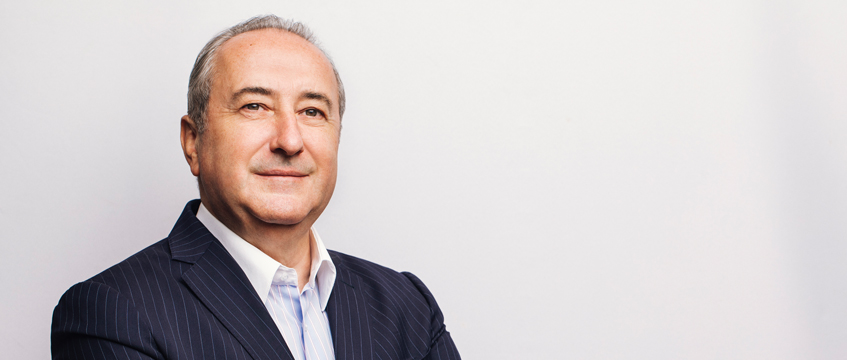Rarely has a crisis caused multi-sectored, cross-continental turmoil to the magnitude of Covid-19. Socio-economic infrastructure has faced up to devastation beyond anyone’s wildest prediction prior to the emergence of the virus, and you must cast your mind back over a decade to the 2008 financial crash to have any remotely relative context of the current volatility of the global economy.
What was clear to see, following the global implementation of lockdown measures across the world and the closure of commercial buildings in every corner of the globe, was that the property sector was neither prepared nor equipped to manage a situation of this scale. The pandemic has reshaped how people, businesses, and communities operate and interact.
With people spending up to 90% of their time indoors, there is an urgent need to redesign and reengineer indoor spaces, including offices, commercial properties, institutions and homes, to create workplaces that are productive and safe with the correct capacity to prevent the spread of pathogens and diseases. As we enhance our immune system, so too we should strengthen the immunity of our buildings.
Failing footfall
Tenants are the heart and soul of any property. Their wellbeing, safety and comfort should be at the fore of a property owners’ agenda.
However, many property managers, particularly in the corporate sector, are facing a battle to ease the sense of uncertainty linked with returning to public buildings due to a level of apprehension surrounding the threat of localised Covid-19 outbreaks.
July and August saw governments across Europe begin to encourage workers to return to the workplace, yet recent reports suggest that offices in the UK have seen the fewest number of people return to their place of work when compared with their counterparts in France, Germany, Italy and Spain.
This is to the detriment of the property owner and points towards an urgent need for a redefined approach in order to ensure the safety and resilience of buildings and workplaces.
Absence from buildings is not just impacting landlords, but business owners as well. Data suggests that productivity is reduced by having teams deployed from their homes, which can be attributed to many aspects such as lack of connectivity with colleagues, complete access to internal systems, temptation to work less and distractions at home.
Nothing set in stone
There is a pressure on the industry to adapt at a linear pace to the evolution of the understanding of pandemics. Just as the property sector has fire safety regulations in place when designing and operating a building, the pandemic has brought about an urgent requirement for anyone involved in the realm of real estate development to adopt a new priority against fairly understood threats. Before this year, few could have imagined that preparing against the threats of a pathological virus would be the priority safety measure in buildings. As such, the industry is having to work fast to acclimatise.
There cannot be a set-in-stone solution to combatting the threat of this or future pandemics. What can be offered is a universal, open source multi-sector framework – an industry standard that can be implemented anywhere in the world, which is constantly evolving in real time, with input from experts in the healthcare, technology, and engineering sectors globally, as more is discovered about the threats of transmission and adequate preventatives.
The framework considers financial capacity, differing building sizes and its suitability for application in buildings at any stage of their life cycle and type. This includes new, in-use, or regeneration projects, and must cover multiple building types.
Safely reopening property also requires building owners to make viable investments. Depending on the size and scale of the buildings, estimates suggest that implementing such a standard with rigorous safety measures could be around 1-2% of an overall project investment. The Immune Building Standard is a free open source set of more than 100 measures, technical solutions and facility management practices to certify how built environments can withstand present and future health challenges.
The certification requires one-time investments to implement certain measures from the criteria. Ultimately this adds value to the property as those with the standard become increasingly sought after by tenants.
Property owners and business owners will need to be strategic and considerate when deciding how best to ensure the safety of their tenants and workforces respectively, seeing as their welfare and safety should always be at the fore of all priorities.
Liviu Tudor is founder and president of Genesis Property











